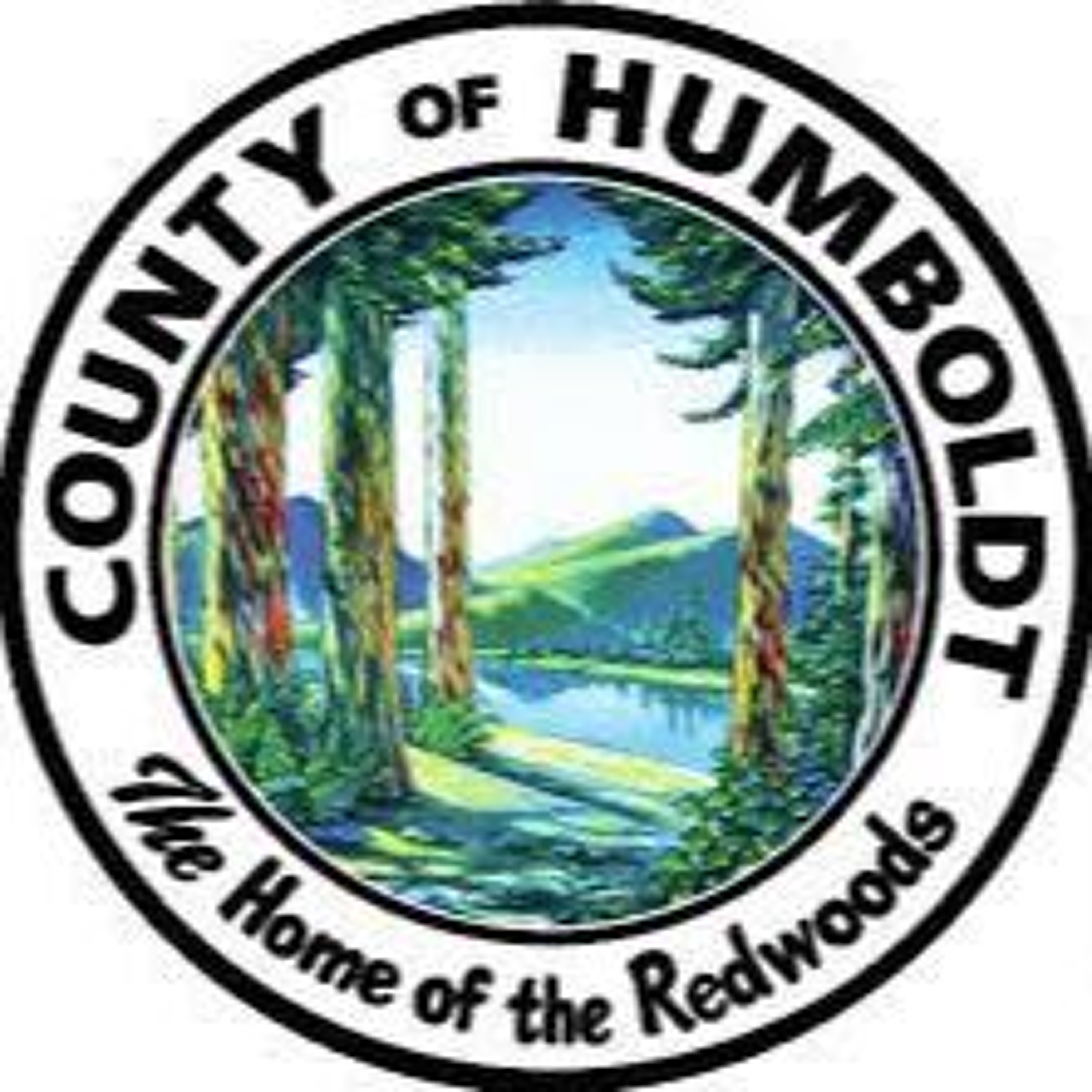Episode Transcript
[00:00:02] Speaker A: Cal Fire announced today that it has awarded $4.7 million in grants to support six tribes and tribal non profits. The grants focus on cultural fire fuel reduction, reforestation and land stewardship.
One of the six recipients of these grants is Blue Lake Rancheria, which will use the funds to build a regional team of indigenous women cultural burners. To learn more about the program, we spoke to Carle Rojas, a native plant specialist at Blue Lake Rancheria.
[00:00:35] Speaker B: So this project was developed specifically to support indigenous women, femme and queer folks to gain access to practicing cultural fire, again with a goal of rebuilding a traditional cultural fire team that at the end of the project period will be housed at Blue Lake Rancheria and be available to implement cultural fire on tribal lands as well as on partnered landscapes. Specifically within the coastal region here in north in Northern California.
These lands are fire dependent. They're pyro dependent ecosystems.
And these ecosystems evolved with indigenous stewardship over thousands of years.
These ecosystems, these landscapes, are dependent on fire and indigenous management of fire for their well being and for balance in these systems. So returning cultural fire, especially after the fire exclusion regimes of the state of California, is really important. And tribal entities, tribal governments see this. And Cal Fire is also coming to this realization.
Cultural burning is distinct from prescribed burning, which folks might be familiar with, as cultural burning has specific objectives on the landscape tied to traditional knowledge and management practices.
[00:02:00] Speaker A: According to Rojas, cultural burning has traditionally been the domain of women among indigenous people.
[00:02:07] Speaker B: It is indigenous women and queer people that carry generational knowledge and transmit that knowledge to the next generation. So the practice of cultural fire has always really been in the hands of indigenous women. But in western fire practices, that's often male dominated.
And it can be very difficult to create access for indigenous women, queer people, less able bodied people in those spaces. So a specific goal of this grant is to return access to the practice of cultural fire to those original stewards and communities.
[00:02:42] Speaker A: As an example of the benefits of cultural burning, Rojas mentions hazel sticks, which are used in traditional basket weaving.
[00:02:50] Speaker B: In order to have the strength and the morphology of the hazel sticks for use in basketry, you need to first implement fire. So to burn a hazel stand in a certain way at a certain time of year would be practiced by a cultural practitioner.
[00:03:07] Speaker A: Rojas says a lot of plants native to the area require fire to replant and reseed, and mentions the Indian potato as an example.
[00:03:18] Speaker B: This is a class of plants that has an underground bulb, an underground storage organ, like soap root or brodea or comics, right? And these plants were harvested and consumed through roasting. And they do best in these prairie landscapes.
And their populations are really helped a lot by their own harvest, Right. So as you harvest and eat a potato, you dig them up with a digging stick, traditionally, and they have bulblets, or tiny, tiny babies really attached to them. When you dig up the parents, these bulblets, you can take them off and replant them. So this traditional harvest would put more air into the soil, so these bulbs would have room to grow. And then you would also replant these babies, right, so that they would produce even more in future seasons.
So this is an. This is a plant. This is a class of plants, Indian potatoes, that really requires fire for habitat maintenance, but also requires fire often for reseeding and success. And this would be considered cultural burning, where prescribed fire is the application of fire on a land as decided by a state or federal entity or a nonprofit entity such as Cal Fire, normally with the goal of fuels management or wildfire risk reduction.
[00:04:38] Speaker A: That was Carle Rojas with the Blueleg Rancherias Project, Good Fire Healing Coalition.
This is Sigurd Bjorn reporting for kmat.


